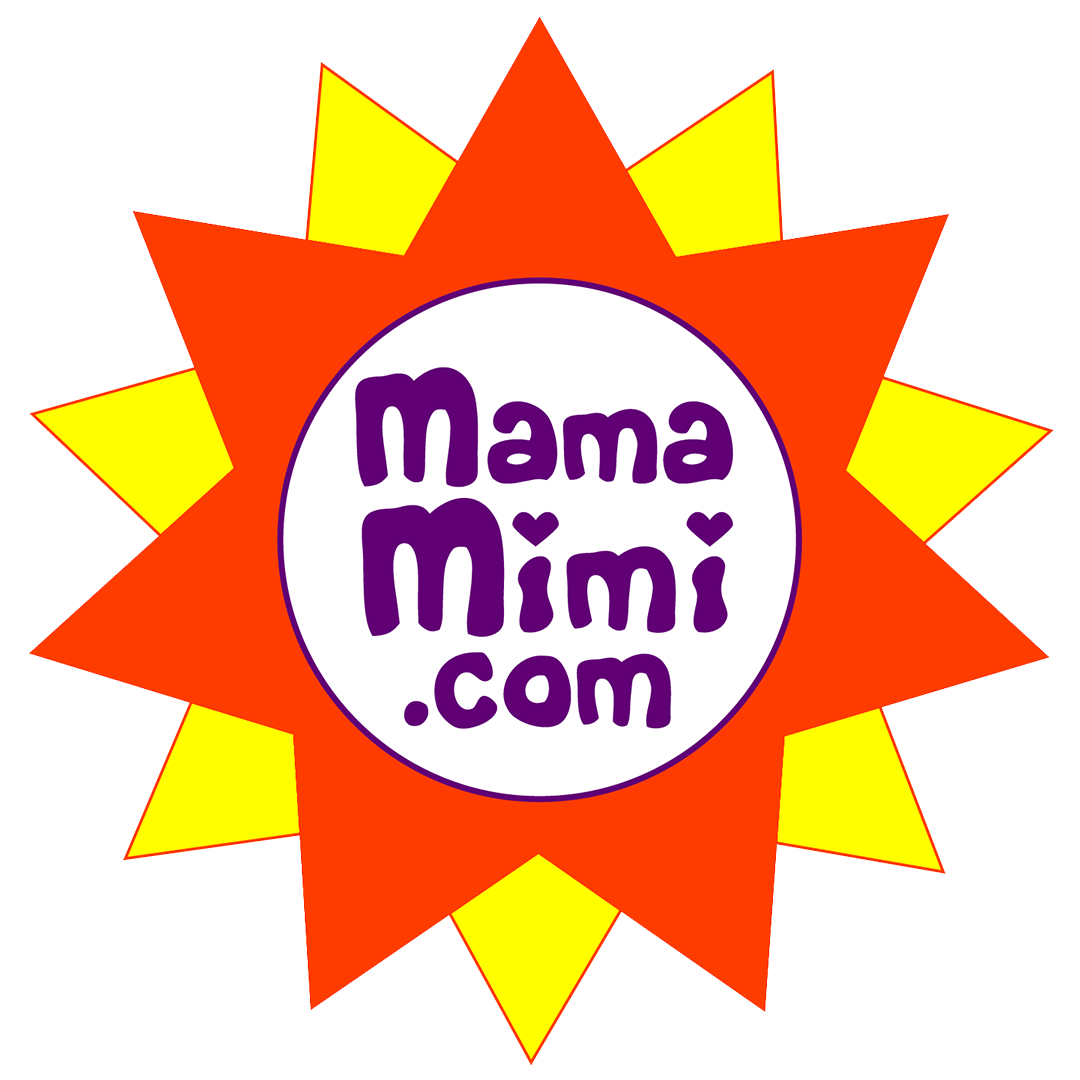Sign Language
Why Sign Language Matters for Every Child
Babies are born ready to communicate — but not always ready to speak.
At birth, a baby's vocal system isn’t fully developed. Their cries and coos are limited because their mouths, tongues, and larynx haven’t yet matured. Most babies aren’t physically capable of producing clear speech sounds until closer to 8–12 months.
👉 For premature and medically complex children, this timeline can be even more delayed due to early developmental challenges. Many experience:
- Weak oral motor tone
- Delayed suck-swallow-breathe coordination
- Extended NICU stays interrupting oral exploration
- Feeding challenges that overlap with speech development
But while speech waits, the hands are ready.
Even tiny babies naturally gesture for:
- Milk (opening and closing hands)
- More (clapping or tapping)
- Up (lifting arms)
- All done (flipping or waving hands)
👉 These early gestures are language — sign language.
A 4D Language That Builds the Whole Brain
Sign language is:
- Visual
- Physical
- Spatial
- Rhythmic
- Tactile
- Alive
It supports children with:
- Autism Spectrum
- ADHD
- Dyslexia
- Sensory Processing Disorders
- Speech Delays
- Anxiety & Selective Mutism
- Visual Processing Difficulties
- Blindness or Deaf-Blindness
- Premature and Medically Complex conditions
👉 Sign language isn’t just a tool — it’s a bridge.
How Sign Language Supports Neurodivergent Children
Mama Mimi’s Mission
At Mama Mimi, we believe:
- Every baby should have access to sign language early.
- Every school should include sign language.
- Every child — hearing, Deaf, neurodivergent, premature, or medically complex — benefits from sign language exposure.
- Every family deserves simple, playful ways to begin.
Sign language gives nonverbal children a voice, empowers therapists, supports inclusion — and makes communication fun.
Children are naturally drawn to talking with their hands.
Raising Awareness for Deaf, Blind, Premature & Medically Complex Children
Mama Mimi does not replace formal ASL instruction or Deaf educators. Our mission is to:
- Normalize early sign language exposure
- Honor Deaf, Hard-of-Hearing, Blind, Premature, and Medically Complex children
- Support therapists, parents, and educators
- Build communication confidence for all kids
- Offer simple, accessible tools that empower parents at home
👉 Explore Mama Mimi's Sign Language Resources:
- Baby Sign Language Videos
- Prematurity & Medically Complex Communication Support
- Tactile Sign Language Awareness
- Neurodivergent Sign Support
- Therapist Collaboration Series
- American Sign Language (ASL) Basics for Families
🧠 Language belongs to all of us. Let’s give every child every door we can open.
